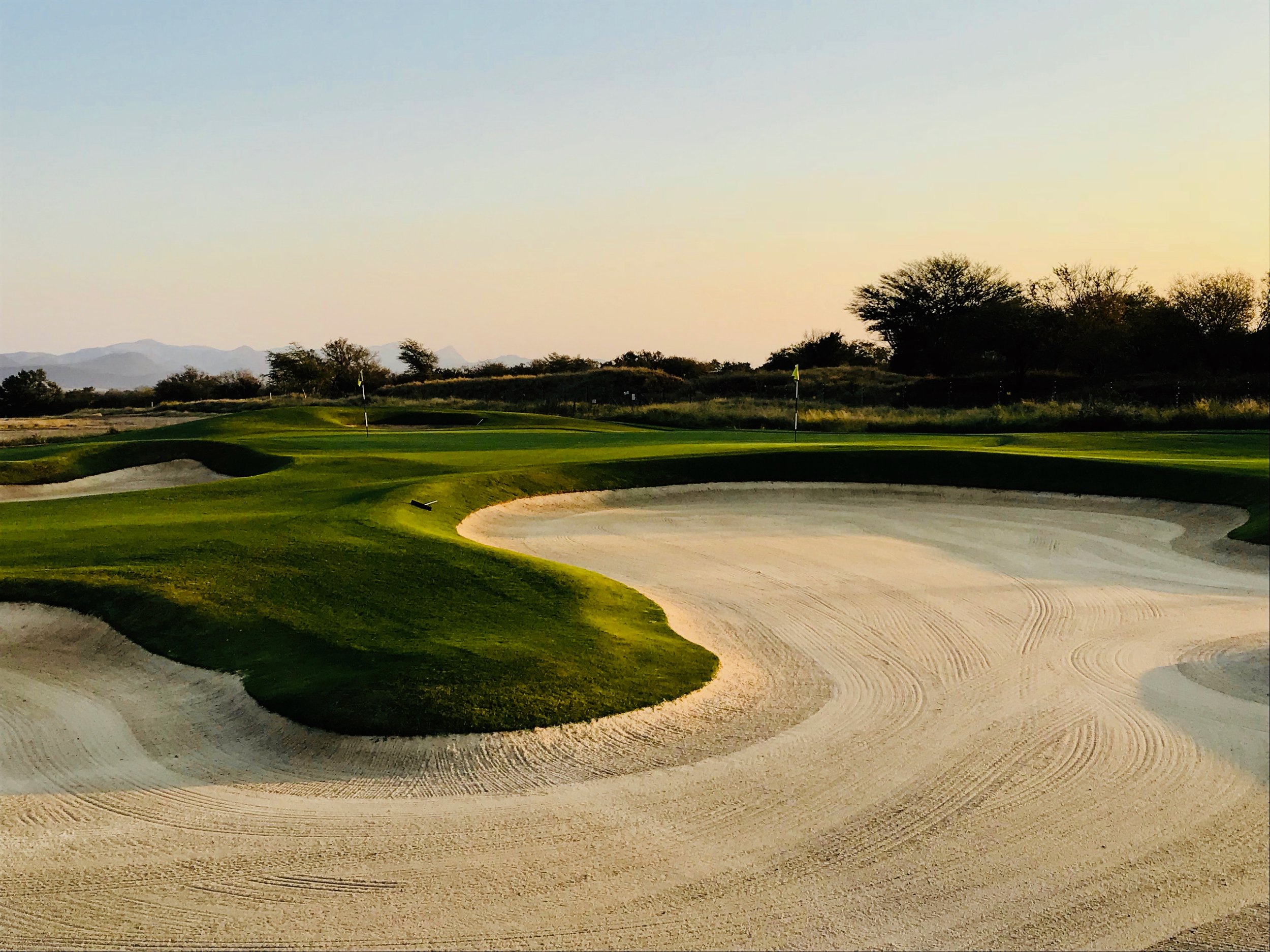
WHAT IS
WEDGE GRIND?
When you go shopping for a new wedge, it may be confusing to see all of the different options on the rack and understand which wedge to pick out. There’s three key variables for picking out any wedge: Loft, bounce, and grind. You’ll see loft and bounce as numbers on the sole of the club, but grind is usually defined with letters or phrases. Today, thanks to our sponsor Edel Golf, we’ve got some SMS wedges to help demonstrate. Let’s dive in. First we’ve got to talk about the different parts of the sole of the wedge. Here’s our founder Jake with more information.
There are some classic grind shapes throughout the golf industry, and we can show them here with our Edel SMS wedges.
C Grind
The C-Grind is the “everyday” grind for lack of a better term. It’s one of the most popular grinds offered in the industry because the C grind is very versatile and playable in many different scenarios and conditions. Because this grind has trailing edge, heel, and toe relief it’s great for players who like to open their wedge up and hit more creative shots as well as low-bounce players who are usually playing firmer conditions. Somebody who typically takes a shallow divot or no divot at all will favor the C Grind so the wedge isn’t bouncing into the golf ball.
V Grind
The V Sole grind gets its name from the V shape that it creates between the leading and trailing edges. Because this grind offers a good amount of bounce it’s great for players with a steep attack angle that tend to take a bigger divot. Because of that high bounce and the V shape throwing that bounce closer to the leading edge, the V Grind is able to interact with the turf as soon as the leading edge enters, allowing for a very smooth impact transition through tougher lies such as in a bunker or sat down in deeper rough conditions.
D Grind
The D in D Grind stands for dual surfaced, meaning the grind actually has two different “leading” edges. The initial leading edge is high bounce allowing the wedge to enter the turf with ease, while the second high bounce surface allows that wedge to recover quickly enough to help save golfers with a very steep attack angle that usually take larger divots by preventing the wedge from continuing to dig into the turf. While it may not be the best grind for the more creative wedge player, it’s one of the more forgiving styles of grind for player’s of all handicap levels.
Are custom grinds completely gone then?
As the golf industry has evolved for a more educated customer that demands more of their equipment companies have started offering more stock grinds but that doesn’t mean custom grinds will disappear. Edel is big on fitting, and, although unlikely, if it happens that you need a custom grind combined with one of the stock grinds on your wedges, you can do so through your local custom golf shop, or through places online like Golf Garage! Something very common for the best players in the world on all major tours. There’s plenty of golfers with multiple sets of wedges even! Different sets have different grinds so that a golfer can travel to different courses with different playing conditions and always remain confident in their wedges.
Thanks to our sponsor Edel Golf for supplying us with the product used to demonstrate this topic. For more information on all Edel Golf products or to find an authorized fitting center near you visit edelgolf.com












